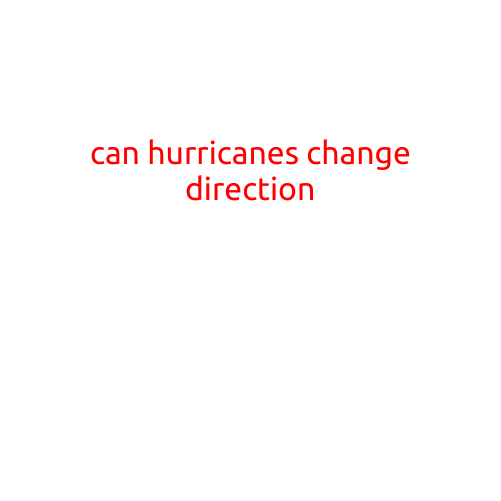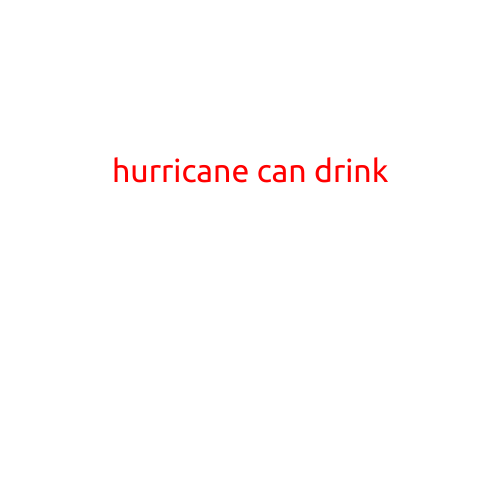
Can Hurricanes Change Direction?
Hurricanes are powerful and unpredictable natural disasters that can bring immense destruction to coastal communities. One of the most pressing concerns for residents of hurricane-prone areas is whether a hurricane can suddenly change direction. In this article, we’ll delve into the factors that influence hurricane movement and explore the possibilities of a hurricane changing direction.
Factors that Influence Hurricane Movement
Hurricanes are large-scale weather systems that move due to various atmospheric and oceanic factors. The main drivers of hurricane movement are:
- Trade winds: The trade winds, which blow from the northeast in the Atlantic and from the southeast in the Pacific, play a significant role in shaping hurricane trajectory.
- High- and low-pressure systems: The position and intensity of high- and low-pressure systems in the atmosphere can influence hurricane movement.
- Ocean currents: The Gulf Stream, a warm ocean current in the Atlantic, can also impact hurricane movement.
- Island and terrain effects: Landmasses and mountain ranges can disrupt hurricane paths, causing them to change direction.
Can Hurricanes Change Direction?
Hurricanes can change direction, but it’s not a common occurrence. Most hurricanes move in a generally consistent direction, with some minor deviations. However, there are instances where a hurricane can make a significant change in direction. This can happen when:
- The hurricane interacts with a strong high-pressure system: If a hurricane approaches a strong high-pressure system, it can be pushed away from it, leading to a change in direction.
- The hurricane reaches a boundary layer: A boundary layer, such as a cold front or a dry line, can disrupt the hurricane’s movement, causing it to change direction.
- The hurricane encounters a shift in wind patterns: Changes in wind patterns, such as a shift in the trade winds or a change in wind direction, can influence hurricane movement.
** Case Studies: Hurricanes that Changed Direction**
- Hurricane Alicia (1983): Alicia moved northwestward in the Gulf of Mexico, then suddenly turned eastward, making landfall in Texas.
- Hurricane Opal (1995): Opal moved westward in the Atlantic, then shifted northward, making landfall in the Florida Panhandle.
- Hurricane Matthew (2016): Matthew moved westward in the Caribbean, then turned northward, impacting Central America and the southeastern United States.
Conclusion
While hurricanes can change direction, it’s essential to understand that these changes are often unpredictable and may not always occur. Forecasters rely on computer models and observations to predict hurricane movement, but there is always some uncertainty involved.
Residents of hurricane-prone areas should stay informed about the latest forecasts and warnings, and take necessary precautions to prepare for the storm. By understanding the factors that influence hurricane movement and the possibilities of a hurricane changing direction, we can better prepare for and respond to these powerful natural disasters.



